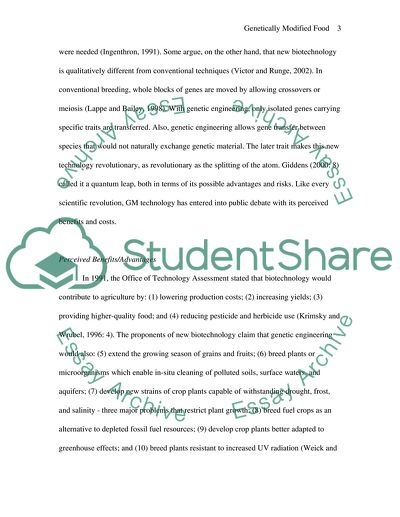Cite this document
(“Genetically modified foods Research Paper Example | Topics and Well Written Essays - 1750 words”, n.d.)
Genetically modified foods Research Paper Example | Topics and Well Written Essays - 1750 words. Retrieved from https://studentshare.org/environmental-studies/1578701-genetically-modified-foods
Genetically modified foods Research Paper Example | Topics and Well Written Essays - 1750 words. Retrieved from https://studentshare.org/environmental-studies/1578701-genetically-modified-foods
(Genetically Modified Foods Research Paper Example | Topics and Well Written Essays - 1750 Words)
Genetically Modified Foods Research Paper Example | Topics and Well Written Essays - 1750 Words. https://studentshare.org/environmental-studies/1578701-genetically-modified-foods.
Genetically Modified Foods Research Paper Example | Topics and Well Written Essays - 1750 Words. https://studentshare.org/environmental-studies/1578701-genetically-modified-foods.
“Genetically Modified Foods Research Paper Example | Topics and Well Written Essays - 1750 Words”, n.d. https://studentshare.org/environmental-studies/1578701-genetically-modified-foods.


